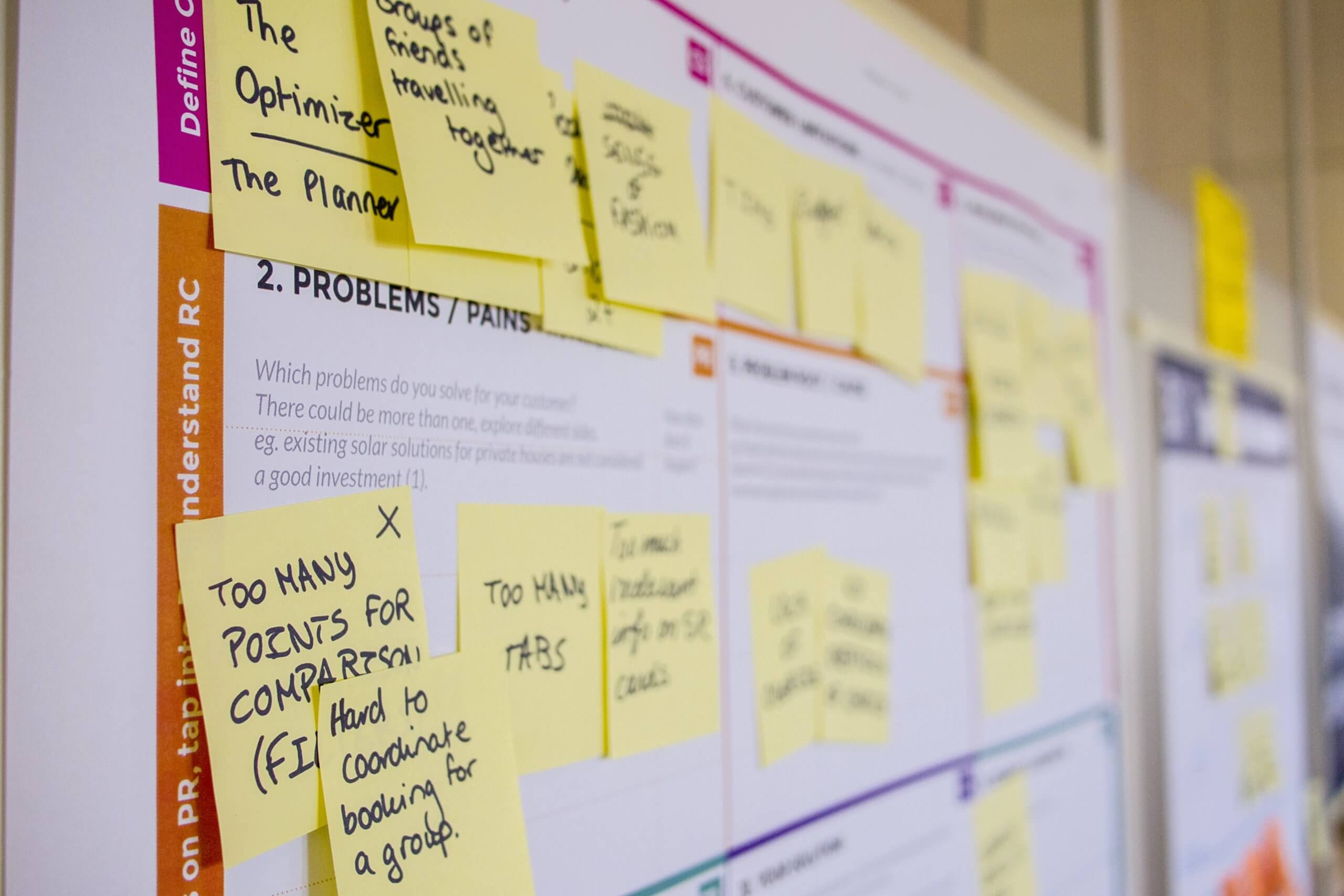by Andrew Li, Senior Consultant – Altis Sydney
Agile & Scrum methodology has no doubt seen widespread adoption across software teams. However, many teams in areas like data and analytics have yet to catch onto this trend and its benefits.
This post provides a brief case study of the benefits of the Agile approach at a client where I worked with a geographically dispersed team to enable them to work effectively together.
The Challenge
I had joined a client team that was recently formed. Despite being a relatively new data team, each individual member possessed significant amounts of experience.
However, the team was distributed across Australia, and as a result, capability for multiple members to work together effectively on a single project was limited. The product of this was that each individual team member had to work on their own project, with little to no ability to leverage multiple resources across a single project. Naturally, this limited the speed at which the team was able to deliver work – particularly if any technical blockers came up.
There were multiple times in the past where the team had tried to implement various project management platforms, such as JIRA or Azure DevOps, to support visibility between members.
Uptake amongst the team was not optimal as it was not maximised through a structured framework, governing how the team would interact with the platform.
Working documentation in this case wasn’t necessarily filled out in a standardised manner, and benefits, such as capturing agreements around definitions were lost when the environment made it easier to pick up the phone than track down existing documentation.
Other obstacles included distributed stakeholders and Subject Matter Experts of the systems utilised for the projects. This further siloed specialised information and experience as any information gained by members were kept with their individual projects or in their own notes.
In this scenario, there results a high degree of rework between members as expertise is not leveraged or shared across the team due to the work structures and processes. This is particularly true in a distributed team.
Learning to work together remotely relies on a high level of discipline across the team to channel communication through a single source of truth, so that requirements and bodies of work can be executed at a consistently high level.
The Solution
In order to get the team on the same page, adopting an Agile framework to govern their interactions while supported by a process tool (Azure DevOps) was critical, in enabling cross geography collaboration.
Agile ceremonies are a simple and easy way to increase communication across the team and to share technical knowledge even when members are all working on various different projects.
Below I’ll go through at a high level the benefits of each ceremony, and how it sets up each team for success and on the path of becoming a more agile team.
- Sprint Planning – Identifies high value deliverables from the backlog and potential risks. Maximises upfront value for the stakeholder and provides transparency for the all parties
- Daily Stand-Up – Provides visibility to the team across deliverables in flight and leverages expertise across the team to support technical/business blockers
- Sprint Review – This closes the feedback loop for stakeholders in a showcase meeting. By getting the end consumers in front of the deliverables at the end of each sprint, early course corrections can be made if necessary
- Retrospective – By helping the team review how their way of working is tracking, practices can be put into place to help the team-work more effectively
Although the above may sound superfluous in many aspects, at the crux of it, is really just facilitated communication across the team. Supported by a project management platform, these ceremonies help develop discipline to flesh out practices that work for the team so all the moving pieces can come together smoothly.
Results and Benefits
In the end, the framework provided enabled the distributed team to:
- Improve communication across the team
- Track business decisions
- Increase output effectiveness
- Maintain visibility
- Leverage expertise across the team
- Maintain a high quality of output
Agile methodologies have facilitated that and are no doubt one of the key pieces in creating a world-class data team – especially in an increasingly distributed world. At the end of the day, you should be asking yourself, how do we scale our practices, not just people.
See infographic below for a high-level summary of benefits in adopting an Agile methodology.

